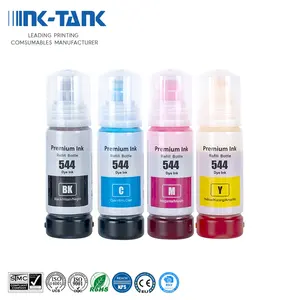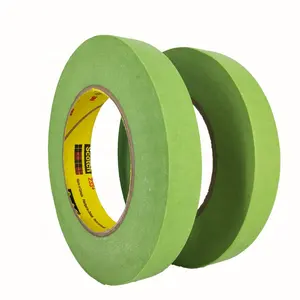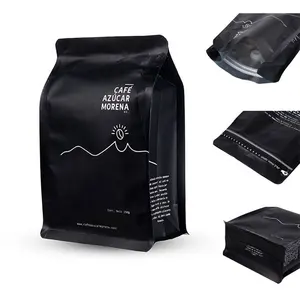Popular in your industry











































Related Searches:










































































































































Top categories
About lead printing ink
Understanding Lead Printing Ink
Lead printing ink is a crucial component in the printing industry, serving as the medium that transfers designs, text, and images onto various surfaces. The composition and type of ink used can significantly affect the clarity, durability, and visual impact of the printed material.
Types of Lead Printing Ink
The market offers a diverse range of lead in printing ink options, tailored to different printing technologies. Laser printer inks are known for their longevity and are ideal for producing professional documents such as company letterheads and marketing materials. On the other hand, inkjet printer inks are available in pigmented or dyed varieties, suitable for lower volume printing tasks, delivering crisp and clear outputs. Specialty inks like solid inks offer a wax-like consistency, while ribbon inks cater to dot matrix and thermal transfer printing needs. Additionally, UV inks cure instantly under UV light, representing a specialized segment within the lead printing ink category.
Applications and Features
Lead printing ink finds its application across various domains, from commercial to professional printing. It is instrumental in creating vibrant prints for marketing collateral, precise labels for products, and detailed graphics for business presentations. The inks designed for professional use are formulated to deliver sharp, smudge-resistant prints that stand the test of time. In the realm of 3D printing, resin-based inks are available in an array of colors, enhancing the creative possibilities for designers and manufacturers.
Materials and Advantages
The materials used in lead printing ink vary, ranging from organic pigments to synthetic resins, each contributing to the ink's performance characteristics. For instance, pigmented inks are known for their fade-resistant properties, whereas dyed inks offer a wider color gamut. The selection of materials ensures that the inks provide consistent results across different printing platforms. The advantage of using specialized inks like UV-curable inks lies in their quick-drying properties and long-term durability, making them a preferred choice for high-speed industrial printing processes.
Selecting the Right Ink
Choosing the appropriate lead printing ink requires consideration of the printer type and the desired output. Factors such as the print medium, the volume of printing, and the required durability of the print should guide the selection process. It is essential to match the ink type with the printer's specifications to ensure optimal performance and print quality.
Purchasing Considerations
When procuring lead printing ink, buyers should evaluate their printing needs, whether seeking cartridges for occasional use or multipacks for ongoing projects. The platform offers a variety of inks to meet different printing objectives, allowing buyers to find the right match for their specific requirements without the constraints of brand loyalty or promotional influence.






































































